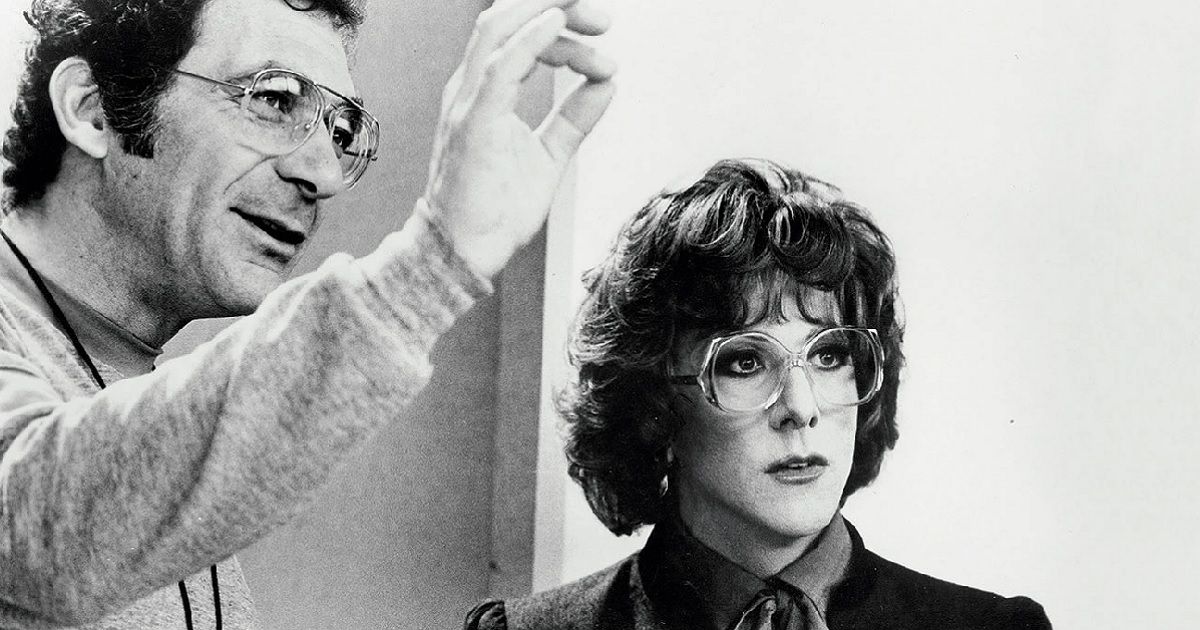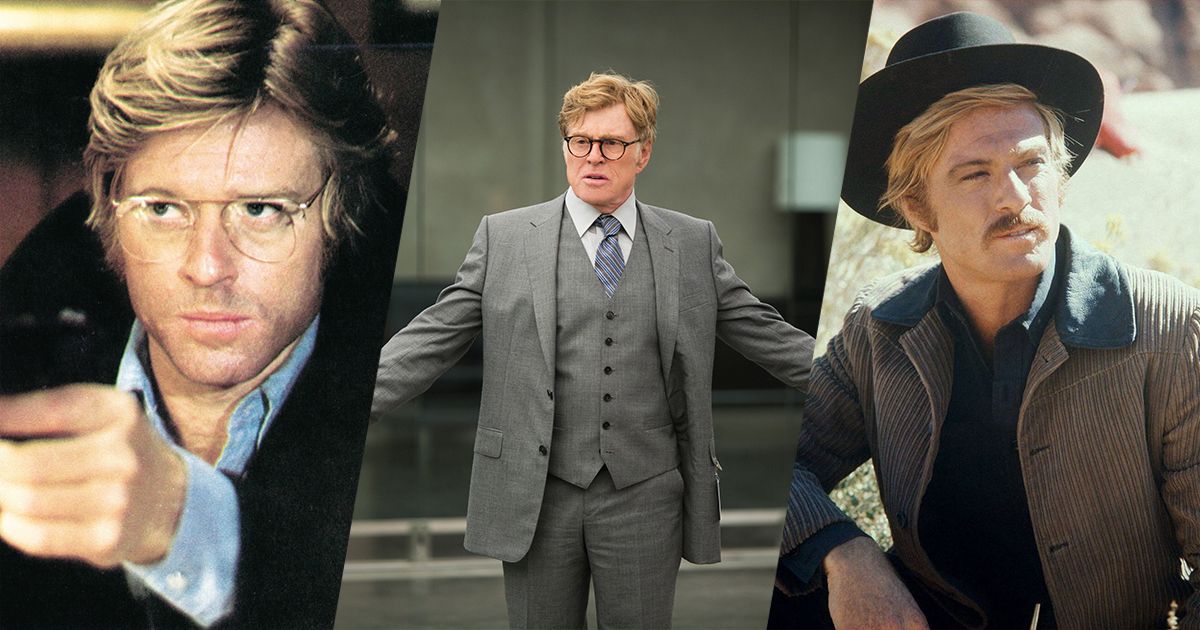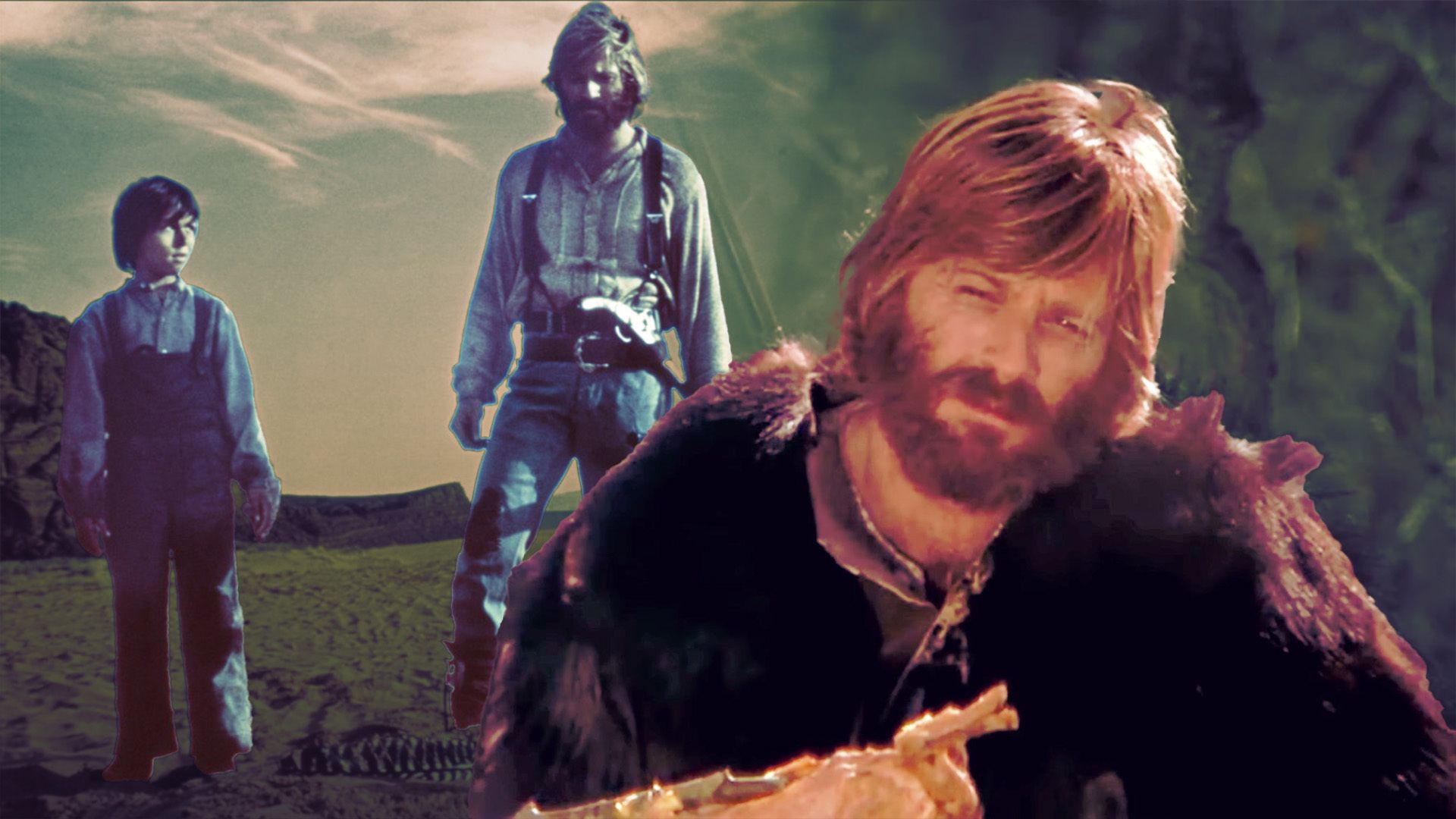Summary
- Jeremiah Johnson is a gripping tale of revenge and wilderness survival, based on the larger-than-life legend of a real mountain man.
- Robert Redford delivers a captivating performance amid stunning scenery, showcasing the brutal quest for vengeance that defines Johnson.
- Redford's transition in Jeremiah Johnson marked a bold departure from his Hollywood image, resulting in a successful creative partnership.
The 1972 Western film Jeremiah Johnson stars Robert Redford as the film’s titular character, a world-weary Mexican-American War veteran who, as the film opens, attempts to adjust to the peaceful, secluded life of a mountain-man trapper in the picturesque Rocky Mountains. However, Johnson’s idyllic life is cruelly disrupted after a misunderstanding between Johnson and a native tribe results in the slaughter of Johnson’s wife and adopted son. The ensuing revenge that Johnson takes against the tribal warriors who murdered Johnson’s family forms the basis of Johnson’s legend, in which Johnson allows a lone tribal warrior to survive for the purpose of spreading the tale of Johnson’s quest for revenge.
Jeremiah Johnson is based on the extraordinary life of legendary mountain man John Jeremiah Johnson, who has been variously described by historians as being either a gallant, mild-mannered hero and practical joker or a vicious cannibal. Jeremiah Johnson marked the second collaboration between Redford and director Sydney Pollack, following the 1966 drama film This Property Is Condemned. Prior to this movie, Pollack received a Best Director Academy Award nomination for the 1969 psychological drama film They Shoot Horses, Don’t They?, while Redford achieved major film stardom with the 1969 Western buddy film Butch Cassidy and the Sundance Kid.
Regardless of the accuracy of the legend itself, Jeremiah Johnson is an impressive achievement, in which a thickly bearded Redford delivers a compelling, thoughtful performance amid breathtaking scenery. Filmed in Redford’s adopted home state of Utah, Jeremiah Johnson, like all great nature-based films, reveals the rhythms and unfolding violence of Johnson’s wilderness existence by pulling the viewer into his life.
Jeremiah Johnson Was the Ultimate Revenge Killer
The most common thread between Jeremiah Johnson and the various historical accounts of the life of the real-life Jeremiah Johnson is the brutal, enduring campaign of vengeance that Johnson wages in the film against the Crow tribal warriors who murdered Johnson’s wife, Swan, a native woman who is slaughtered in the film, along with Johnson’s fictional adopted son, as punishment for Johnson’s fateful decision to guide United States Army soldiers through sacred Crow burial ground.
The most spectacular aspects of the legend of Jeremiah Johnson are related to the particularly inventive, merciless means of killing that Johnson practiced amid his quest for revenge, in which Johnson purportedly killed and scalped more than 300 Crow tribal members over a period of approximately 25 years.
After killing and scalping the Crow members, Johnson supposedly ate their livers. Historical accounts state that Johnson devoured the Crow livers to deprive his Crow victims of the chance to enter the afterlife, since the liver, according to Crow tradition, is required in order for deceased Crow members to enter the afterlife. This earned Johnson the nickname Jeremiah “Liver-Eating” Johnson. Moreover, Johnson’s gruesome vendetta against the Crow made Johnson an object of fear and respect within both the Crow nation and the entire American Old West.
Needless to say, Robert Redford’s Johnson doesn’t engage in any acts of cannibalism in Jeremiah Johnson, in which the Crow warriors are presented as being the aggressors in their conflict with Johnson, who, much like Johnson did in real life, eventually finds it in his heart to make peace with the Crow tribe.

Every Movie Directed by Sydney Pollack, Ranked
Explore the captivating filmography of Sydney Pollack in this ranked list of every movie he directed. From gripping dramas to thrilling narratives.The Legend of Jeremiah Johnson Keeps Growing
Much like American frontiersman Hugh Glass, whose harrowing story of survival is immortalized in the 2015 Western film The Revenant, the legend of Jeremiah Johnson has grown over time to mythic and outlandish proportions. It has reached the point where fact and fiction are seemingly indivisible in relation to the events of Johnson’s life. One of the most spectacular tales to be attributed to Johnson involves a supposed adventure in which Johnson traveled over 500 miles in the winter to sell whiskey to Flathead tribal members, only to be ambushed by a group of Blackfoot tribal warriors, who, after capturing Johnson, intended to sell Johnson to the Crow nation, Johnson’s mortal enemies.
However, while being held captive by the Blackfoot within a tent, a bound and naked Johnson, according to legend, broke through his bindings and subdued his Blackfoot guard, whom Johnson subsequently scalped with the guard’s knife, which Johnson then used to sever one of the guard’s legs. After escaping his imprisonment, Johnson set off into the freezing wilderness with the severed leg, which Johnson ate while making an approximately 200-mile journey on foot back to his home territory.
Robert Redford Made a Bold Transition with Jeremiah Johnson
For Robert Redford, the making of Jeremiah Johnson enabled Redford to both indulge his love of nature and shed, if only briefly, his golden boy Hollywood image. Following Jeremiah Johnson, Redford starred in the blockbuster 1973 caper film The Sting, for which Redford received his first and only acting Academy Award nomination.

Robert Redford’s 20 Best Films, Ranked by Rotten Tomatoes
Let's celebrate an essential Hollywood figure! These are the best films by Robert Redford, according to Rotten Tomatoes.The success of Jeremiah Johnson, which grossed approximately $45 million at the domestic box office against a production cost of about $3 million, heralded an enduring and successful creative partnership between Redford and director Sydney Pollack. Following this, Pollack directed Redford in the hit 1973 romantic drama film The Way We Were, followed by Three Days of the Condor, The Electric Horseman, and then Out of Africa, for which Pollack won Academy Awards for Best Director and Best Picture.
Redford formed a deep personal connection with the man whose life inspired the film. After it was revealed that Johnson, who died in 1900 in Santa Monica, California, at the age of 75, was buried in a Los Angeles cemetery, a campaign was launched in 1974 to have Johnson’s remains relocated to Cody, Wyoming, where Johnson was reburied with the epitaph John Jeremiah Liver-Eating Johnson. At the burial ceremony in Wyoming, Redford was the chief pallbearer.

